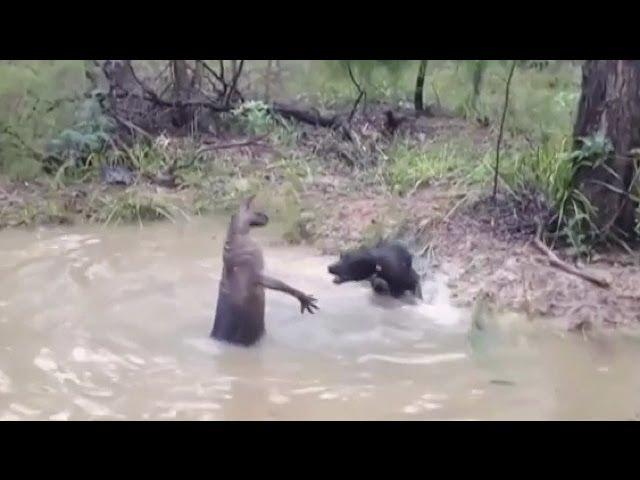
International Space Station
Sergei Krikalov was nicknamed "the last citizen of the USSR" because in 1991-1992 he spent 311 days, 20 hours and 1 minute aboard the Mir space station. He returned to Earth after the collapse of the Soviet Union. Since then, he has been to the International Space Station twice. This object (International Space Station, ISS) is the first manned space structure created with the participation of representatives of many countries.
International Space Station is the result of a combination of projects to create the Russian Mir-2 station, the American Freedom and the European Columbus, the first elements of which were launched into Earth orbit in 1998, and two years later the first permanent crew appeared there. Materials, people, research equipment and materials are delivered to the station by Russian Soyuz and Progress spacecraft, as well as American shuttles.
In 2011 for the last time shuttles will fly to the ISS. They also did not fly there for more than two or three years after the Columbia shuttle crash. The Americans also wanted to stop funding this project from 3 years. The new president (B. Obama) reversed the decisions of his predecessor and ensured that by 2016 the International Space Station received US funding.
It currently consists of 14 main modules (eventually there will be 16) and allows six permanent crew members to be present at the same time (three until 2009). It is powered by solar arrays that are large enough (reflecting so much sunlight) that they are visible from Earth as an object moving across the sky (at perigee at 100% illumination) with a brightness of up to -5,1 [1] or -5,9 [ 2] magnitude.
The first permanent crew were: William Shepherd, Yuri Gidzenko and Sergei Krikalov. They were on the ISS for 136 days 18 hours 41 minutes.
Shepherd enlisted as a NASA astronaut in 1984. His previous Navy SEAL training proved to be very useful to NASA during the 1986 Challenger shuttle rescue mission. William Shepherd participated as a specialist on three shuttle missions: the STS-27 mission in 1988, the STS-41 mission in 1990, and the STS-52 mission in 1992. In 1993, Shepherd was appointed to operate the International Space Station (ISS). ) program. In total, he spent 159 days in space.
Sergey Konstantinovich Krikalov was twice in the permanent crew of the Mir station, and also twice in the permanent crew of the ISS station. He took part in the flights of American shuttles three times. Eight times he went into outer space. He holds the record for the total time spent in space. In total, he spent 803 days 9 hours 39 minutes in space.
Yuri Pavlov Gidzenko first flew into space in 1995. During the expedition, they went out into open space twice. In total, he spent 3 hours and 43 minutes outside the ship. In May 2002, he flew into space for the third time and for the second time to MSC. In total, he was in space for 320 days 1 hour 20 minutes 39 seconds.
